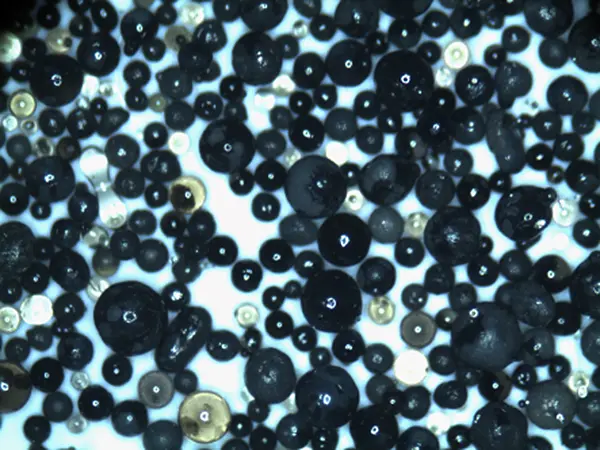

Sand casting holds an essential role in heavy machinery manufacturing, where durability and reliability are paramount. Components such as gears, bearing housings, and large brackets are routinely produced using this process due to its ability to handle a wide range of alloys. This versatility is vital for machinery that operates under intense conditions, delivering components that exhibit high wear resistance and structural strength. By optimizing the sand mold and selecting appropriate alloy compositions, manufacturers ensure that these parts perform effectively even in harsh environments like mining and drilling. Furthermore, the marine industry applies sand casting for producing essential parts such as propellers, pump housings, and deck fittings. These components must withstand corrosive saltwater environments and regular contact with other marine elements. The sand casting process stands out by providing the flexibility to use corrosion-resistant alloy compositions, prolonging the lifespan of marine components without sacrificing performance or safety. This aspect underscores the process's trustworthiness and capacity to meet stringent industry standards. In conclusion, the sand casting process is an indispensable technique across various industries, underpinned by its ability to produce complex, durable, and cost-effective components. Its applications in automotive, aerospace, construction, heavy machinery, and marine industries highlight the process's versatility and reliability. By continually refining techniques and enhancing material selection, manufacturers fortify their expertise and credibility, ensuring that sand casting remains a cornerstone of modern industrial manufacturing. Post time:1 月 . 19, 2025 23:44
Next:advantages of sand casting process
